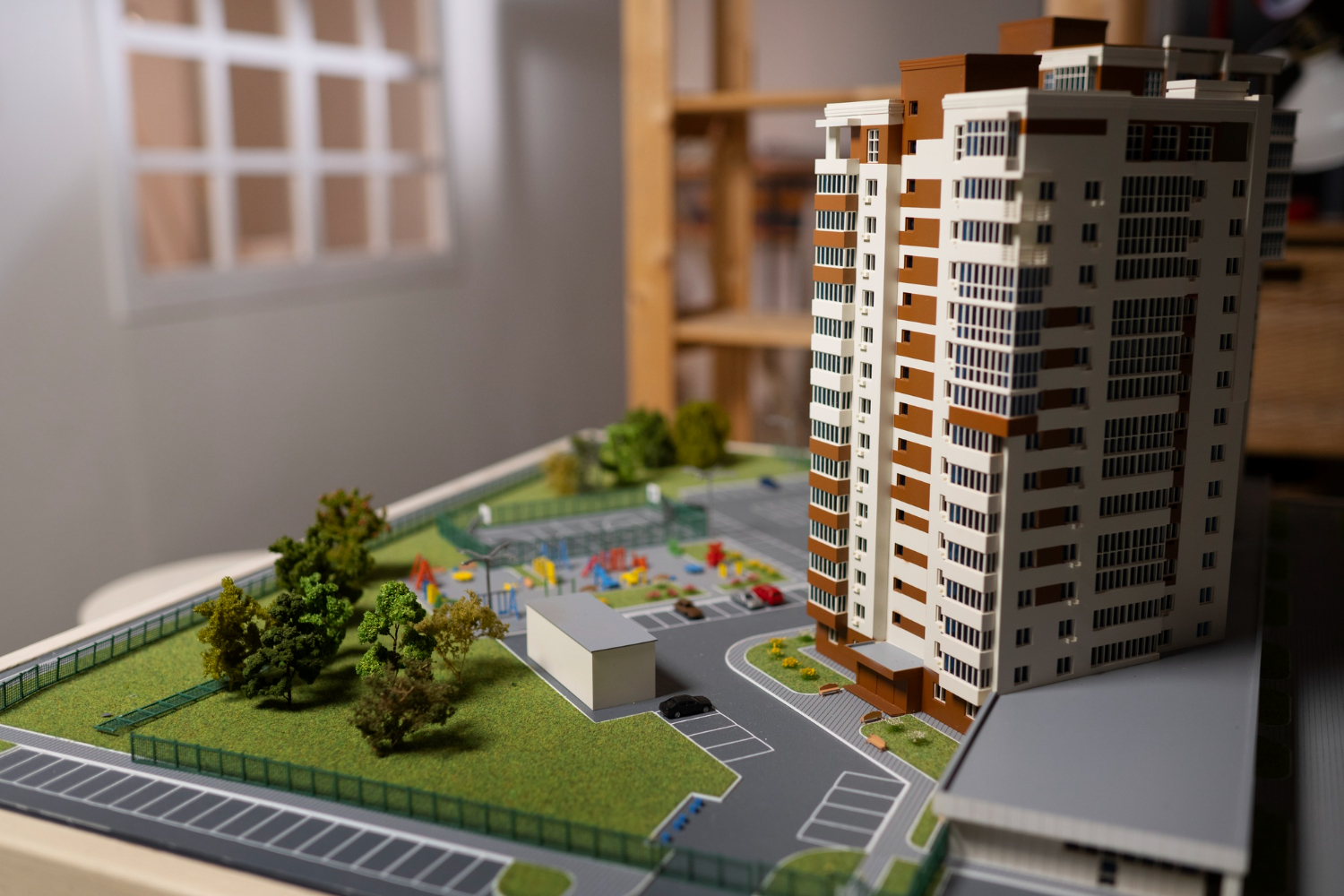In recent years, the landscape of housing has witnessed a significant shift, with multi-family housing gaining prominence as a preferred living arrangement for many. This blog explores the rising trends and insightful aspects that have contributed to the popularity of multi-family housing in today’s real estate market.
Changing Housing Preferences
One of the key drivers behind the rise of multi-family housing is changing housing preferences. Many individuals and families are increasingly seeking convenience and community in their living arrangements. Multi-family housing, such as apartments, condos, and townhouses, offers these benefits.
Affordability and Cost-Efficiency
Affordability remains a crucial factor in housing choices. Multi-family housing often provides a cost-effective option for residents, especially in urban areas where single-family homes can be prohibitively expensive. Shared maintenance costs and amenities can contribute to lower overall expenses.
Urbanization and Population Growth
Urbanization continues to draw people to cities and metropolitan areas. Multi-family housing caters to the growing urban population by offering compact living spaces that are well-suited for city life. It allows residents to be closer to job opportunities, entertainment, and amenities.
Diverse Demographics
Multi-family housing appeals to a wide range of demographics. It accommodates young professionals, students, families, and retirees alike. Developers are increasingly designing multi-family communities with diverse needs in mind, creating a sense of inclusivity.
Amenities and Community Spaces
Modern multi-family housing developments prioritize amenities and community spaces. These can include fitness centers, communal lounges, rooftop gardens, and shared workspaces. Such features enhance the quality of life for residents, fostering a sense of community.
Sustainability and Green Initiatives
Sustainability is a growing concern in housing. Many multi-family housing projects incorporate eco-friendly features like energy-efficient appliances, solar panels, and green building materials. These initiatives not only benefit the environment but also reduce utility costs for residents.
Technology Integration
Technological advancements play a significant role in multi-family housing. Smart home features, keyless entry systems, and high-speed internet access are becoming standard amenities. These tech-savvy solutions enhance convenience and connectivity.
Flexible Leasing Options
Multi-family housing often offers flexible leasing options, including short-term rentals and furnished apartments. This flexibility caters to individuals who may require temporary housing solutions or prefer not to commit to long-term leases.
Security and Safety
Safety and security are paramount in multi-family housing. Gated communities, security personnel, and surveillance systems provide residents with peace of mind. These measures contribute to a secure living environment.
Investment Opportunities
Multi-family housing has also gained attention from real estate investors. The potential for consistent rental income and property appreciation has made multi-family properties an attractive investment option.
Conclusion
The rise of multi-family housing is a reflection of evolving housing preferences, urbanization, and a changing demographic landscape. This housing model offers affordability, convenience, and a sense of community that appeals to a diverse range of residents. Developers and investors recognize the potential in this market and continue to innovate, integrating sustainability, technology, and modern amenities into multi-family housing developments. As urbanization and population growth persist, multi-family housing is expected to remain a prominent and dynamic sector within the real estate market, catering to the evolving needs and preferences of residents across the globe.

